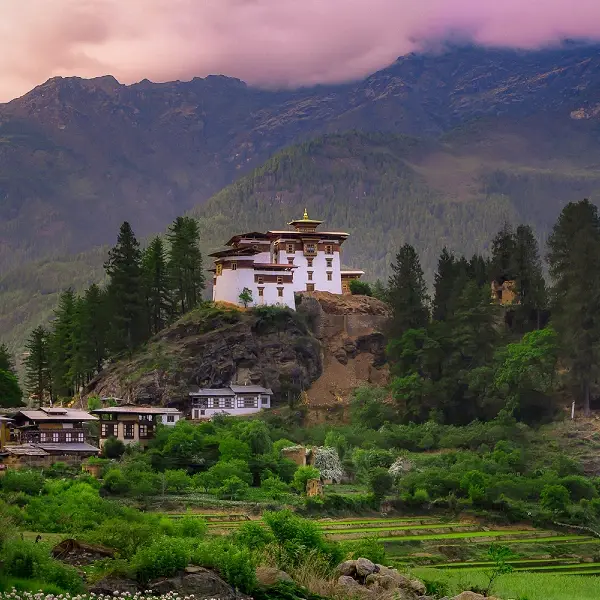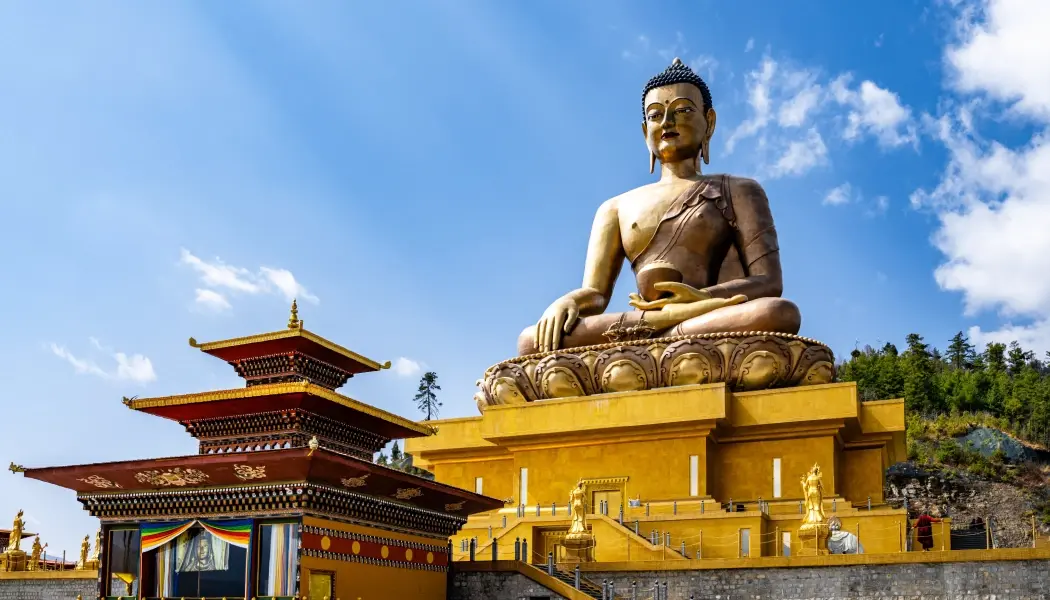

(October-December) Clear skies reveal Himalayan panoramas; comfortable temperatures for trekking; major festivals occur; highest visitor numbers and standard tariff rates apply.
(March-May) Spring brings flowering rhododendron forests; moderate temperatures; good visibility of mountains; special cultural events; standard tariff rates with fewer crowds.
(June-September)Monsoon brings lush landscapes and fewer tourists; reduced visibility; lower tariff rates; some remote areas become inaccessible; perfect for budget travelers and photography.
English is widely spoken in tourism sectors; learning simple Dzongkha phrases shows respect; guides provide translation in remote areas where local dialects predominate.
Bhutan features dramatic climate variations due to elevation differences. Southern foothills experience subtropical warmth (15-30°C year-round) while central valleys enjoy temperate conditions with cool winters (0-10°C) and mild summers (15-25°C). Northern Himalayan regions maintain alpine conditions with snow and sub-zero temperatures in winter. Monsoon season (June-September) brings substantial rainfall to most regions, while October-November and March-April offer the most pleasant weather nationwide.


